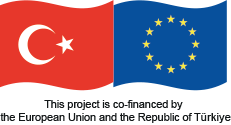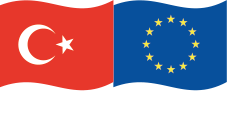
GENERAL RULES
• Imaging is carried out at a cost. For information on internal and external pricing, please contact the responsible individuals.
• Imaging cannot be performed without a reservation. Contact the responsible individuals to make a reservation.
• Reservations can be made between 08:00-17:00, depending on the working hours of the facility.
• Cancellations must be notified at least 1 day in advance.
• A maximum of 4 hours of reservation is allowed for one day.
• For imaging processes lasting more than 4 hours, contact the responsible individuals at least 1 week in advance.
IMAGING FEATURES DEVICE NAME
Leica STELLARIS DLS Digital Light Sheet Microscope The microscope can be used for three different purposes:
• Laser Scanning Confocal Microscopy
• Digital Light Sheet (DLS) Microscopy
• Live Cell Imaging
Various samples can be imaged with the microscope:
• Tissue sections and cells on glass slides prepared according to standard confocal imaging techniques
• Cells in glass/polystryrene-based petri dishes or well plates prepared according to standard confocal imaging techniques (preferably glass-based petri dishes/well plates produced for confocal imaging)
• Samples prepared specifically for DLS imaging, either fixed or live
• Samples cleared after tissue clearing for DLS imaging
SAMPLE ACCEPTANCE CRITERIA
• The researcher is responsible for notifying the analysis supervisor of the pathogenic status (virus, bacteria, etc.) of the samples and their potential effects on human health.
• Samples must be ready for imaging in carriers such as slides/coverslips, 6/24/96 well plates, and petri dishes (preferably glass-based petri dishes/well plates produced for confocal imaging).
• The researcher is responsible for labeling samples with fluorescent probes/dyes and notifying the analysis supervisor of the wavelengths/scale magnifications before analysis.
• Mounting for observations with slides/coverslips before analysis must be performed by the researcher.
• Control samples must be determined by the researcher.
• If necessary, cell fixation procedures before analysis must be performed by the researcher.
• The preparation of samples specifically for DLS or live cell imaging before analysis is the responsibility of the researcher.
• The researcher is responsible for storing samples under suitable conditions (no light exposure/temperature/solution, etc.) until imaging.
• Sample naming is the responsibility of the researcher.
• The “Ege Deep Technology Request Form and Sample Control Forms” must be filled out before analysis.

